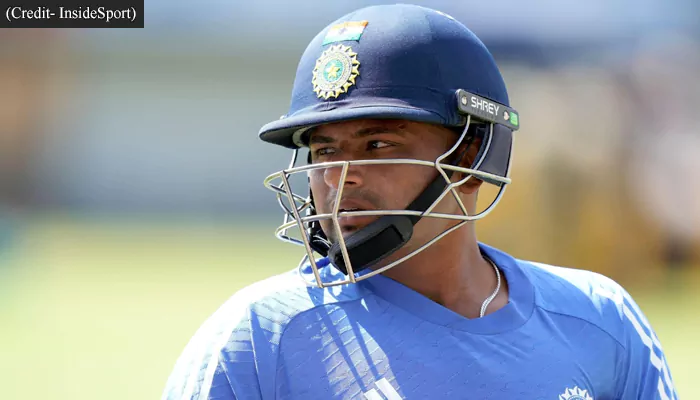SA vs. IND T20I: Biggest Run-Leaking Spells Ft. Kagiso Rabada & Arshdeep Singh
- Sanchari Das
- 1 year ago
- 4 minutes read

These expensive spells serve as reminders of how T20 cricket can be particularly unforgiving for bowlers
As Suryakumar Yadav steps into his third T20I series as captain against South Africa, fans are reminded of the thrilling contests between these two teams. Their face-off in the T20 World Cup 2024 final, where India triumphed by a mere five runs, only adds to the excitement. Known for their explosive batting line-ups, India and South Africa have produced some unforgettable high-scoring matches which means bowlers on some occasions have gone really expensive.
This article highlights five of the most expensive spells by bowlers in the history of India vs. South Africa T20Is.
Yuzvendra Chahal – 64 runs
Yuzvendra Chahal’s spell of 64 runs in four overs remains one of the costliest in India-South Africa T20Is. In the 2018 clash, South Africa’s Heinrich Klaasen unleashed a storm, blasting Chahal for seven sixes and three boundaries. Despite India’s competitive total of 188/4, Klaasen’s blistering 69 off 30 balls pushed South Africa to a comfortable win with eight balls remaining. Chahal’s economy rate of 16.00 highlighted the relentless South African assault that day, underscoring how challenging it can be for even experienced bowlers to contain explosive batters in T20 cricket.
Most runs conceded by an Indian in a T20I match
— CricketVerse (@cricketverse_) November 29, 2023
68 - Prasidh Krishna v AUS*
64 - Yuzvi Chahal vs SA
62 - Arshdeep Singh vs SA#ICCCricketWorldCup #ICCWorldCup2023 #ODIWorldCup2023 #Cricket #CricketTwitter #INDvAUS #INDvsAUS #AUSvIND #AUSvsIND #T20WorldCup2024 #IPL2024 pic.twitter.com/X3lod2fhfc
Arshdeep Singh – 62 runs
In 2022, Arshdeep Singh found himself on the receiving end of South Africa’s aggressive batting, conceding 62 runs in his spell. Although he managed to claim two wickets, his economy rate of 15.50 painted a clear picture of his struggle. Facing David Miller and Quinton de Kock, Arshdeep endured a tough outing, with the South African batters seizing every opportunity to punish loose deliveries. The game underscored how South Africa’s power-hitters could put pressure on even the best bowlers, making every run vital in high-stakes matches like these.
Kagiso Rabada – 57 runs
Kagiso Rabada’s 57-run spell against India in Guwahati on October 2, 2022, is another costly example in India-South Africa T20I history. India’s batters set a daunting target of 238, with standout performances from KL Rahul, Suryakumar Yadav, and Virat Kohli. Rabada struggled to contain the Indian top order, as they struck six fours and four sixes off his bowling. Despite Miller’s impressive 106* off 47 balls in the chase, South Africa fell short, underscoring how even elite bowlers can falter under intense pressure in T20s.
Wayne Parnell – 54 runs
In the same high-scoring Guwahati match, Wayne Parnell faced a brutal attack, conceding 54 runs in his four-over spell. India’s batting lineup capitalised on Parnell’s inability to contain boundaries, scoring seven fours and three sixes off his bowling. With an economy of 13.50, Parnell’s performance was overshadowed by India’s aggressive approach, led by Rahul and Suryakumar. The South African bowler’s struggle emphasised the difficulty bowlers face when dealing with India’s deep and relentless batting order, especially on smaller grounds favouring big hits.
Axar Patel – 53 runs
Axar Patel also faced a challenging day in the same game, giving up 53 runs in his four overs, despite taking one wicket. His economy rate of 13.25 reflected the intense pressure exerted by South African batters. Miller’s power-hitting and de Kock’s steady support kept Patel on the back foot throughout his spell. Although India eventually clinched a 16-run victory, Patel’s struggles echoed the difficulties bowlers face in taming explosive batters in the shorter format, making it a memorable contest for fans of high-scoring T20 games.












